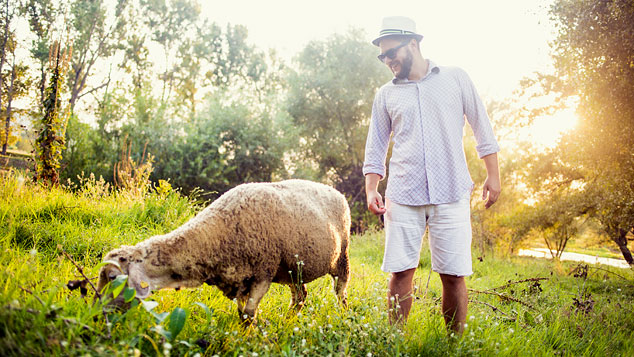
On the MoneyWeek cruise last week I treated our lucky readers to a brief (well, briefish) talk on the causes of the French Revolution. It was, I told them, all about money printing – or as we call it these days, QE.
Advisor Perspectives has an excellent account of explosion of the money supply here. It all started in much the same way as all money printing does. France was in hugely in debt (wars, OTT government expenditure, etc); nobody fancied austerity, and every time spending cuts were attempted the slowdown in the economy caused bitter complaining on all sides.
The solution, it was decided, would be to confiscate all church land and issue new money backed by this land. The rise in money supply would boost the economy and all would be well.
There was some opposition here (not everyone had forgotten John Law) but in the end the land was confiscated and some 400 million of the new banknotes (“assignats”) were “engraved in the best style of the art” and issued in the summer of 1790.
All went well, with the economy picking up nicely, until the autumn of 1790. Hmmm. Clearly enough money hadn’t been printed – or so the argument went. Another 800 million assignats were issued (with the promise that they would be withdrawn and burned when they were no longer needed). Then in June 1791 another 800 million were issued. At the same time the land was sold (everyone agreed that wider land ownership would be a good thing).
Assignats were now backed by nothing, and the population began to understand that the rapid rise in their supply wasn’t a solution to all ills. People began to hoard gold and silver coins. Prices began to rise. Businesses began to pull back on concerns over rising costs and uncertainty. Unemployment rose. Stockbrokers, speculators and exporters prospered; ordinary working people did not.
Late 1791 brought 300 million more assignats. And the presses then just kept rolling. No assignats were ever recalled or burned. All limits on their issuance were cancelled. Mobs started to riot demanding basic necessities. It turned violent. And that was that.
There are obvious parallels to today. We’ve printed a lot of money. We have sterilised (the modern term for burning) none of it. We find ourselves in a situation where speculators make great fortunes (London house flippers are the gold coin speculators of our day). And, of course, we have a tendency to do odd things such as confiscate property from charitable organisations and flog them on the cheap to widen homeownership.
Is there revolution ahead? I’d like to think not. But a trip to the English countryside at the weekend did make me wonder.One of the things that made Marie Antoinette particularly ridiculous was Hameau de la Reine, the rustic village and farm she had built in the grounds of Versailles so she, and the members of her elite, could feel close to nature. Here’s part of the (pretty accurate) Wikipedia entry on it:
“The Hamlet was part of Marie Antoinette’s estate, and she enjoyed dressing as a young shepherdess and acting like a peasant, while surrounded by the comforts of a royal lifestyle. Marie Antoinette enjoyed acting as a tableau vivant, as if she were part of a painting. She brought her idyllic, picturesque village to life by stocking the barn with animals, and bringing in “simple” people, such as milkmaids and herdsmen, to act like residents of the hamlet. Marie Antoinette would stroll around her perfect world in simple shepherdess garb with her children, part of an idealised nature. Her closest friends joined her in her ornamental village, where they also enjoyed pretending to live a simple life.”
You probably think this is all totally nuts. But an awful lot of today’s elites don’t.
Take a look at the websites for some of the new hotels in the UK countryside – hotels such as The Pig or Soho Farmhouse. Go to those and you will get to experience exactly the same kind of super clean luxury farm escape as Marie Antoinette.
You can stay in a wooden “cabin” (equipped with ready-made cocktails in the fridge). You can have a hot stone massage in a “gypsy caravan.” You can have little bottles of milk delivered to your cabin door in the morning by a simple person. You can get taken to your room in a converted 1950s milk float (no need to touch any mud here); have a tin bath outside on your “porch”; wander round perfect kitchen gardens; and, if you really feel the need, you can touch a scrubbed up pig.
It is, says the Sunday Times of the “simple cabins dotted along brooks” at Soho Farmhouse (with no sense of irony), “all about getting the well-connected reconnected with nature.” You will see my point. It’s totally Marie Antoinette. Vive la revolution.